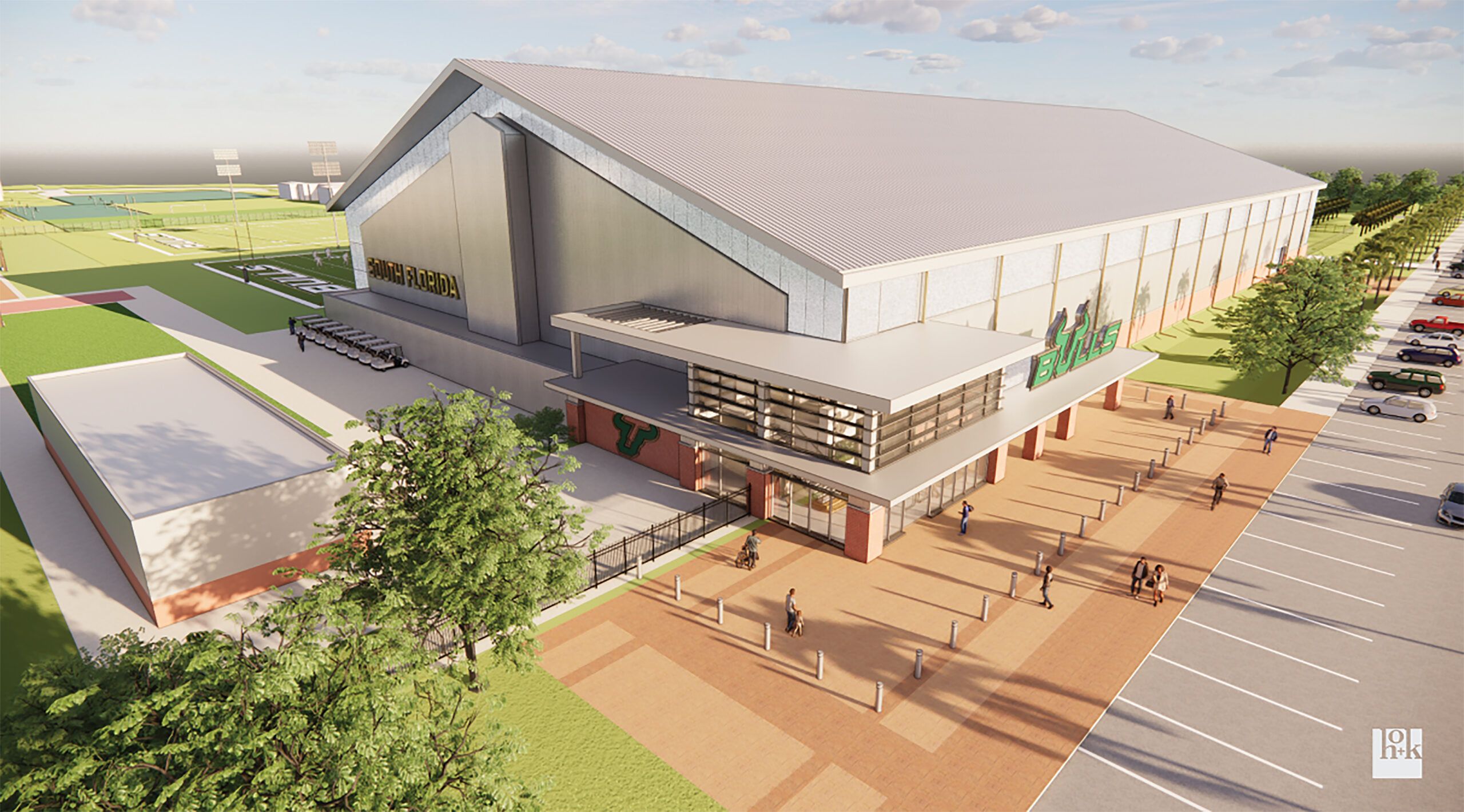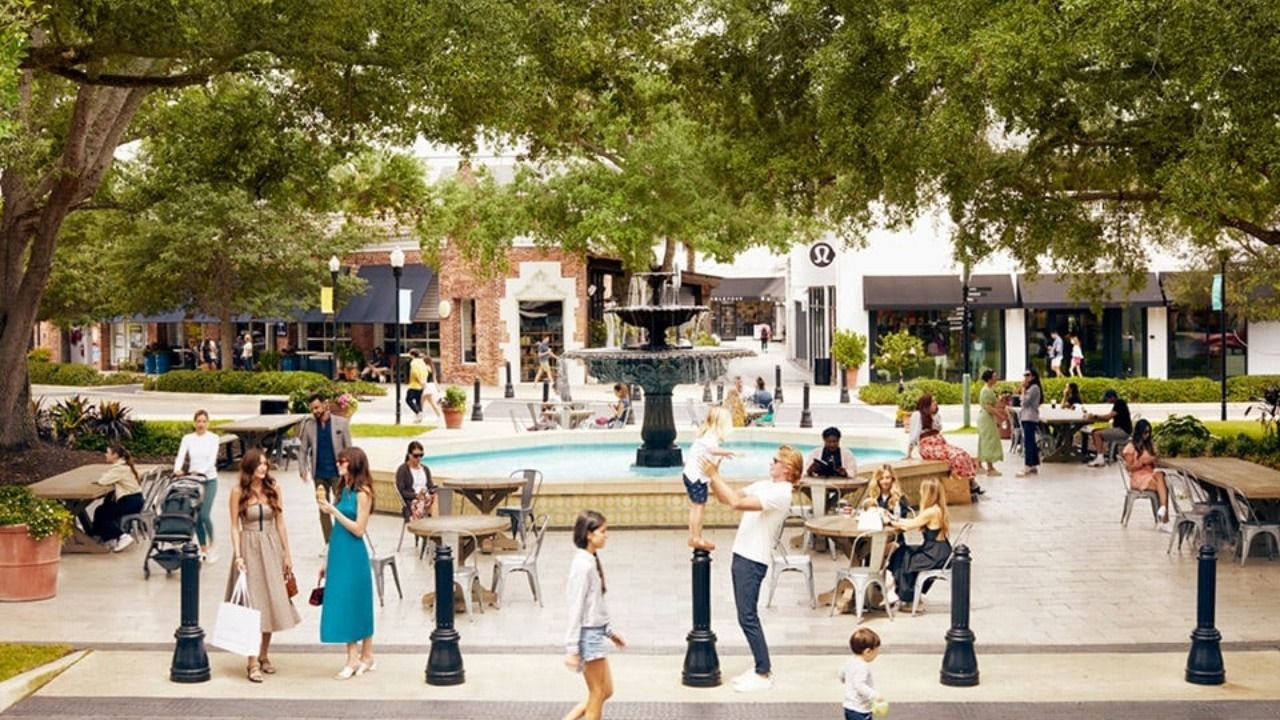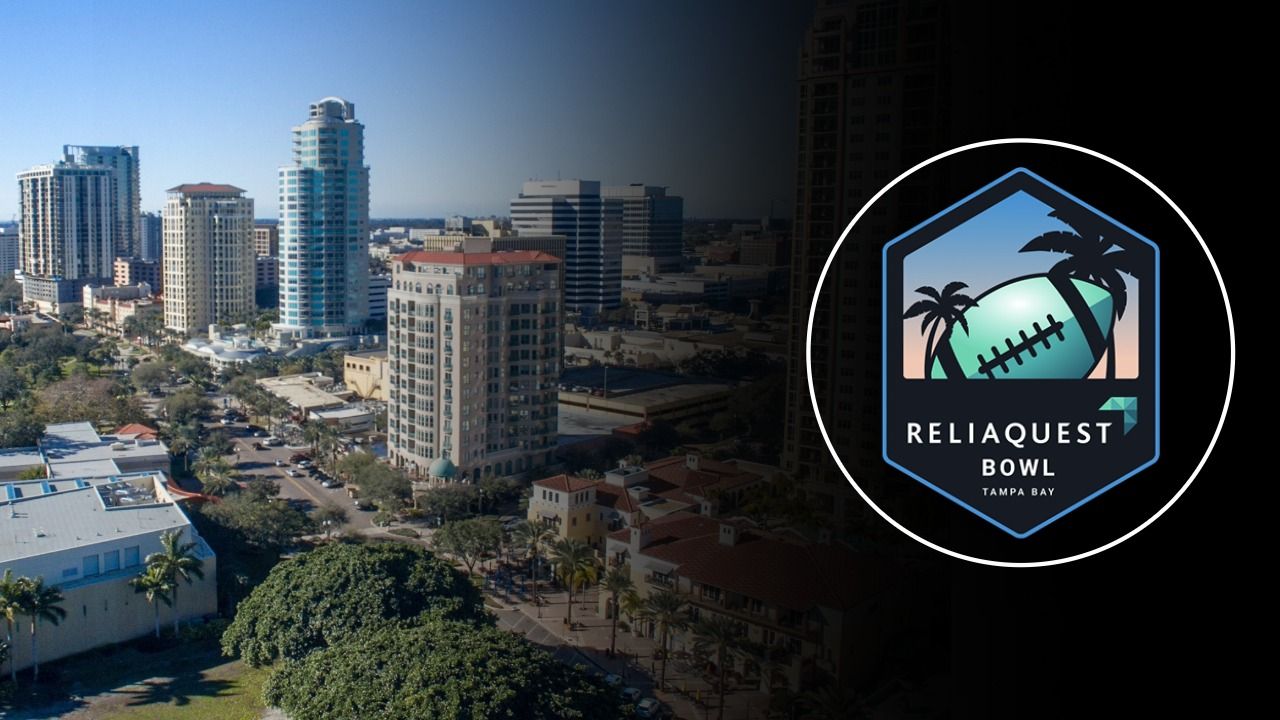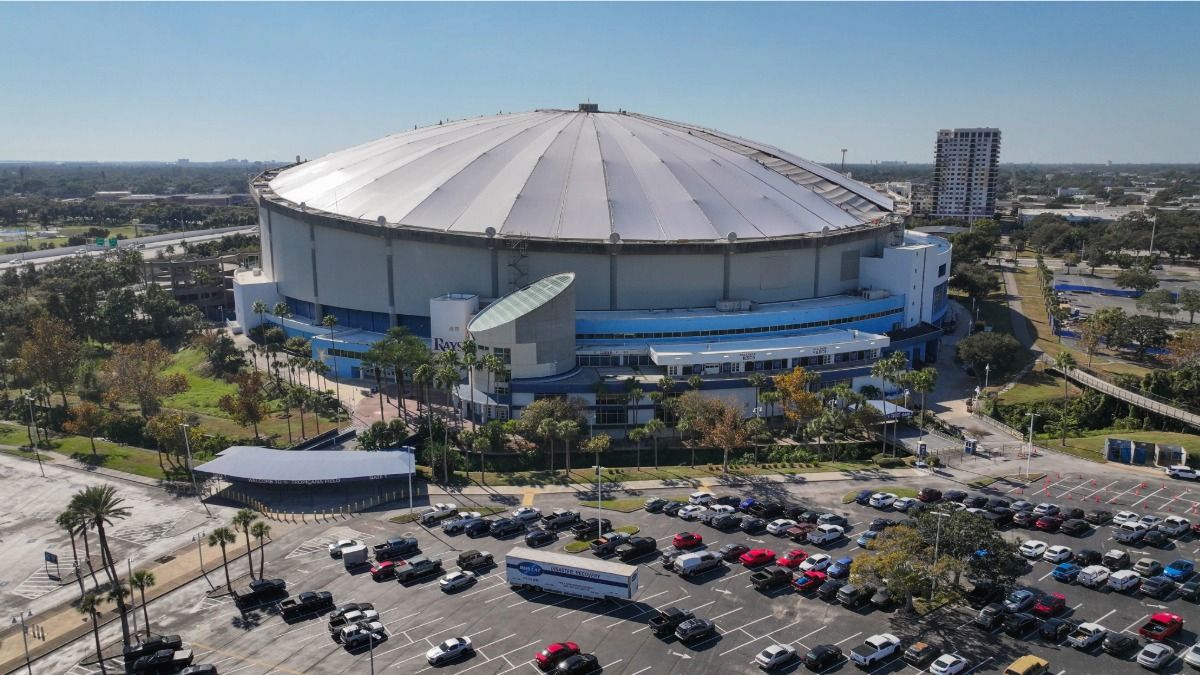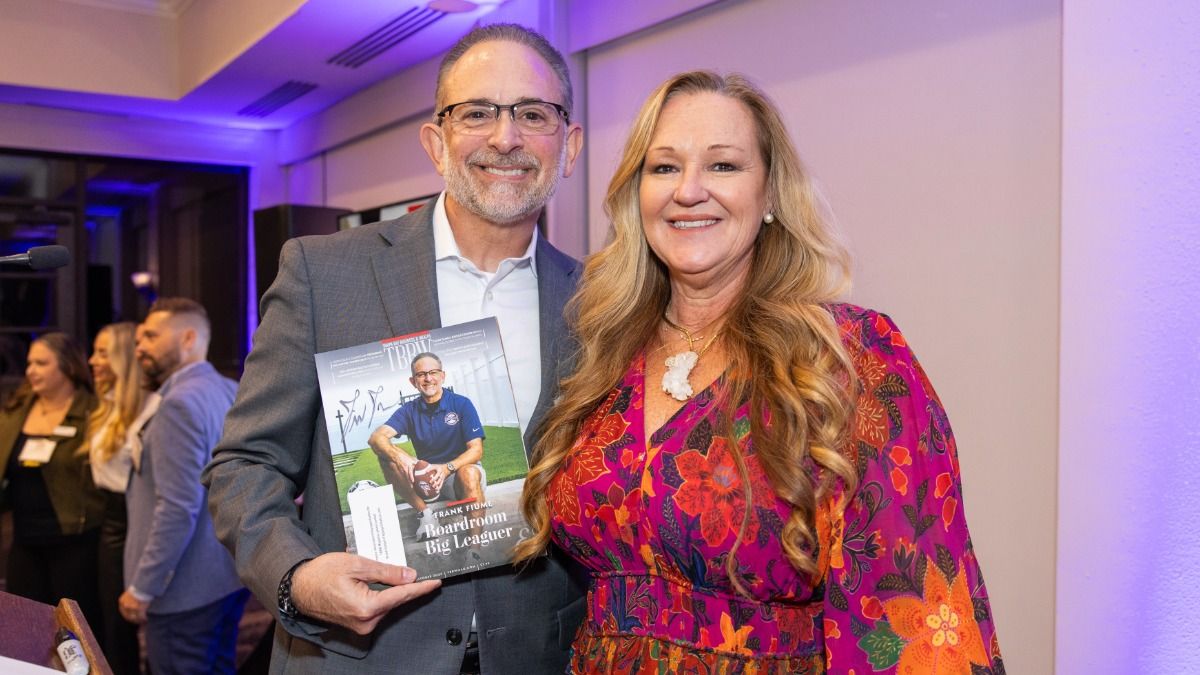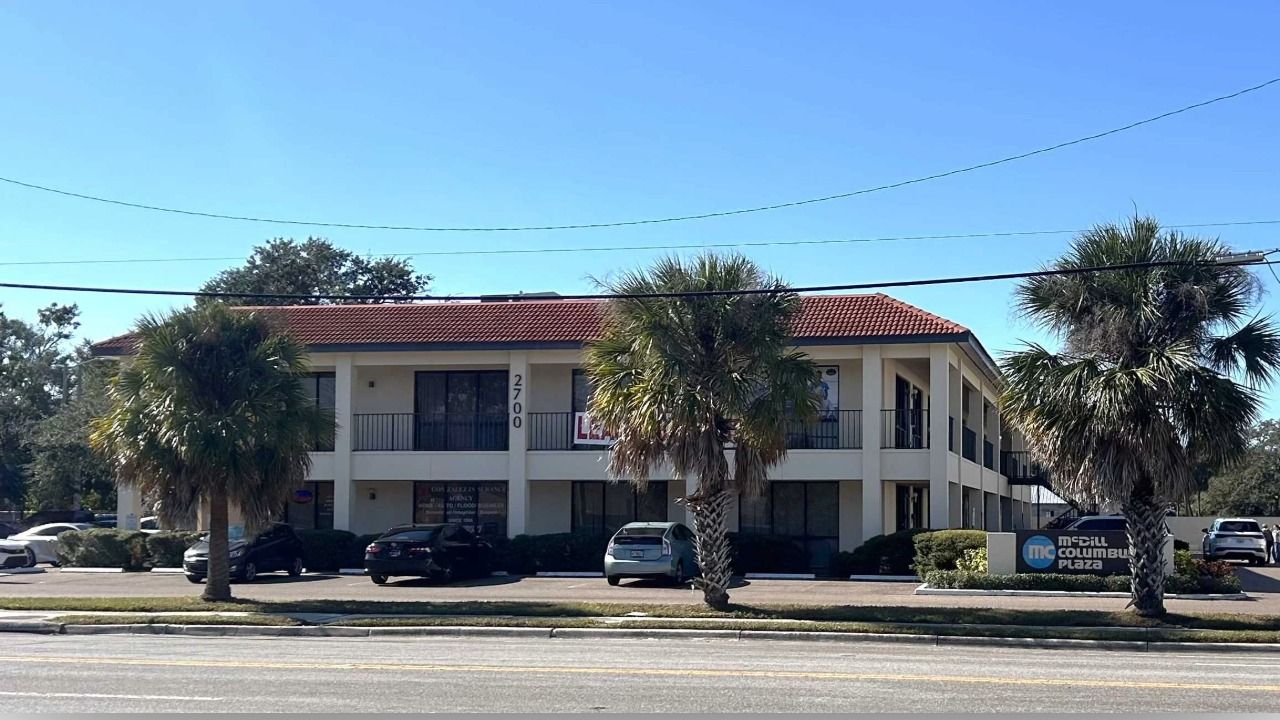University of South Florida President Steven Currall made it clear on December 11, 2019, the day Jeff Scott was introduced as the Bulls’ new football coach, that he wanted athletics to be an area of emphasis.
Currall, who took office only five months earlier, worked closely with athletics director Michael Kelly in bringing Scott on board, including accompanying Kelly in visiting the former Clemson co-offensive coordinator at his South Carolina home. His remarks, during the introductory news conference, left no doubt as to his level of excitement, and fervor, when it comes to athletics.
“I firmly believe a strong intercollegiate athletics program holds an essential role in the advancement of a strong university,” he said that day, when he also spoke about the importance of cultivating a strong sense of community through athletics.
Perhaps not surprisingly, Currall’s name was referenced several times by Kelly and Scott during a Feb. 24 video conference discussing renovations to the 17-year-old Lee Roy Selmon Athletics Center and what will be a new indoor performance facility.
The projects have a combined cost of $25 million and will be financed entirely by private funds. They also represent the first of a two-phase plan of improvements and new facilities.
“When Michael and President Currall came up to visit with me in December 2019, one of the questions I had was about facilities and plans for facilities in the future,” Scott says. “I could tell very quickly in that conversation that President Currall and Michael Kelly were committed to seeing these projects through.”
USF lacks an indoor football facility, something that has been problematic when it comes to thunderstorms that disrupt practice. Even after the rain has passed, wet fields pose an injury risk and limit what a coaching staff can do. Moving inside to a gym to conduct a walkthrough hardly replicates being on the gridiron. Hence, an indoor football facility is crucial.
The indoor performance facility will cost $22 million and benefit the entire athletic program, as well as host non-athletic university events. A football field will be included within the building’s 88,000 square feet. Work is slated to commence at the end of this summer with the expectation it will be completed by the time the 2022 fall athletic seasons begin.
St. Louis-based architectural firm HOK, which designed USF Health’s Morsani College of Medicine in downtown Tampa, was brought on board to design the indoor facility. RR Simmons Construction, which has an office two miles from USF and has worked with the university on several projects over the years, will handle the construction.
Renovations to the Lee Roy Selmon Athletics Center began in April. The work will cost $3 million and greatly benefit the football program in the form of meeting rooms, a new locker room and a lounge.
Kelly indicated that a football operations center will be part of the second phase, with a date yet to be determined. Such a project was initially revealed to the public in November 2017. However, only about half of its projected cost of $40 million had been raised by the time Scott was hired. Shortly thereafter, the pandemic, and its resulting uncertainty, hit.
While there was a pause in on-field athletic activity the first few months of the pandemic, the wheels were turning off the field with Kelly, his staff and Scott preparing for the initial phase.
“We had a focus not only to endure the hard times that all of us have dealt with but position ourselves to emerge from it with renewed vision, energy, momentum and ready to take on a great new feature for USF athletics,” Kelly says.
That meant a phased approach. It also meant getting started on a couple of projects without additional delay.
“The urgency of wanting to make something of the here-and-now for our current student-athletes, particularly coming out of the pandemic, became that much more important,” Kelly says. “That is why we revised the plan to have it go in phases.”
During the conference call, Kelly reiterated something he has said in the past, that he is a believer when it comes to having an on-campus stadium. That is not a priority at this time, however. Upgrading and constructing facilities for football, and other sports, is what needs to be addressed. ♦

